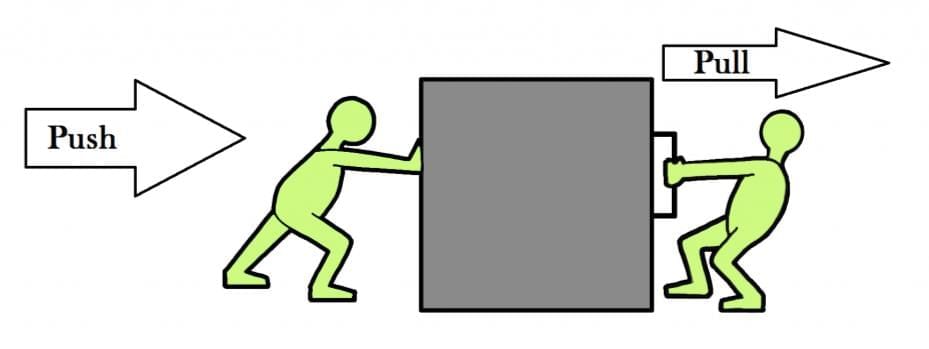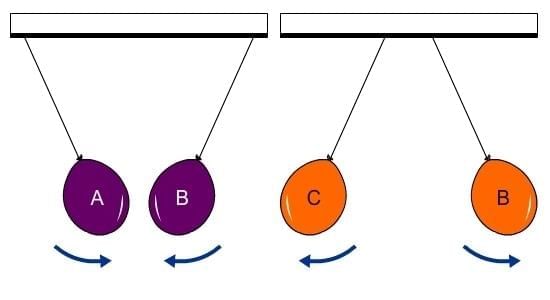Unit Test: Exploring Forces | Science Curiosity Class 8 - New NCERT PDF Download
Time: 1 hour
M.M. 30
Attempt all questions.
- Question numbers 1 to 5 carry 1 mark each.
- Question numbers 6 to 8 carry 2 marks each.
- Question numbers 9 to 11 carry 3 marks each.
- Question numbers 12 & 13 carry 5 marks each.
Q1: The SI unit of force is (1 Mark)
(i) kg
(ii) m/s
(iii) newton
(iv) joule

Q2: Which of the following is a non-contact force? (1 Mark)
(i) Friction
(ii) Muscular force
(iii) Magnetic force
(iv) Push of a door
Q3: Friction always acts (1 Mark)
(i) in the direction of motion
(ii) opposite to the direction of motion
(iii) at right angles to motion
(iv) randomly
Q4: If a charged balloon repels another charged balloon, it means (1 Mark)
(i) they have similar charges
(ii) they have opposite charges
(iii) one is neutral
(iv) both are uncharged

Q5: The upward force exerted by a liquid on a submerged object is called (1 Mark)
(i) weight
(ii) buoyant force
(iii) friction
(iv) tension
Q6: State any two effects that a force can have on an object. (2 Marks)
Q7: Differentiate between contact and non-contact forces with one example each. (2 Marks)
Q8: Why is it easier to slide an object on a smooth surface than on a rough surface? (2 Marks)
Q9: Name the three non-contact forces explained in this chapter and state one characteristic of each. (3 Marks)
Q10: What is buoyant force? State two factors that determine whether an object floats or sinks in a liquid. (3 Marks)
Q11: State the difference between mass and weight. (3 Marks)
Q12: Discuss friction as both a necessity and a problem. (5 Marks)
Q13: A ball is thrown vertically upwards. Describe the forces acting on it during: (i) upward motion, (ii) downward motion, (iii) at the topmost point. (5 Marks)
|
59 videos|235 docs|13 tests
|
FAQs on Unit Test: Exploring Forces - Science Curiosity Class 8 - New NCERT
| 1. What are the different types of forces, and how do they differ from one another? |  |
| 2. How does Newton's First Law of Motion relate to the concept of forces? |  |
| 3. What is the significance of frictional force in our daily lives? |  |
| 4. Can you explain the concept of balanced and unbalanced forces with examples? |  |
| 5. How do gravitational and magnetic forces differ in their applications? |  |
















